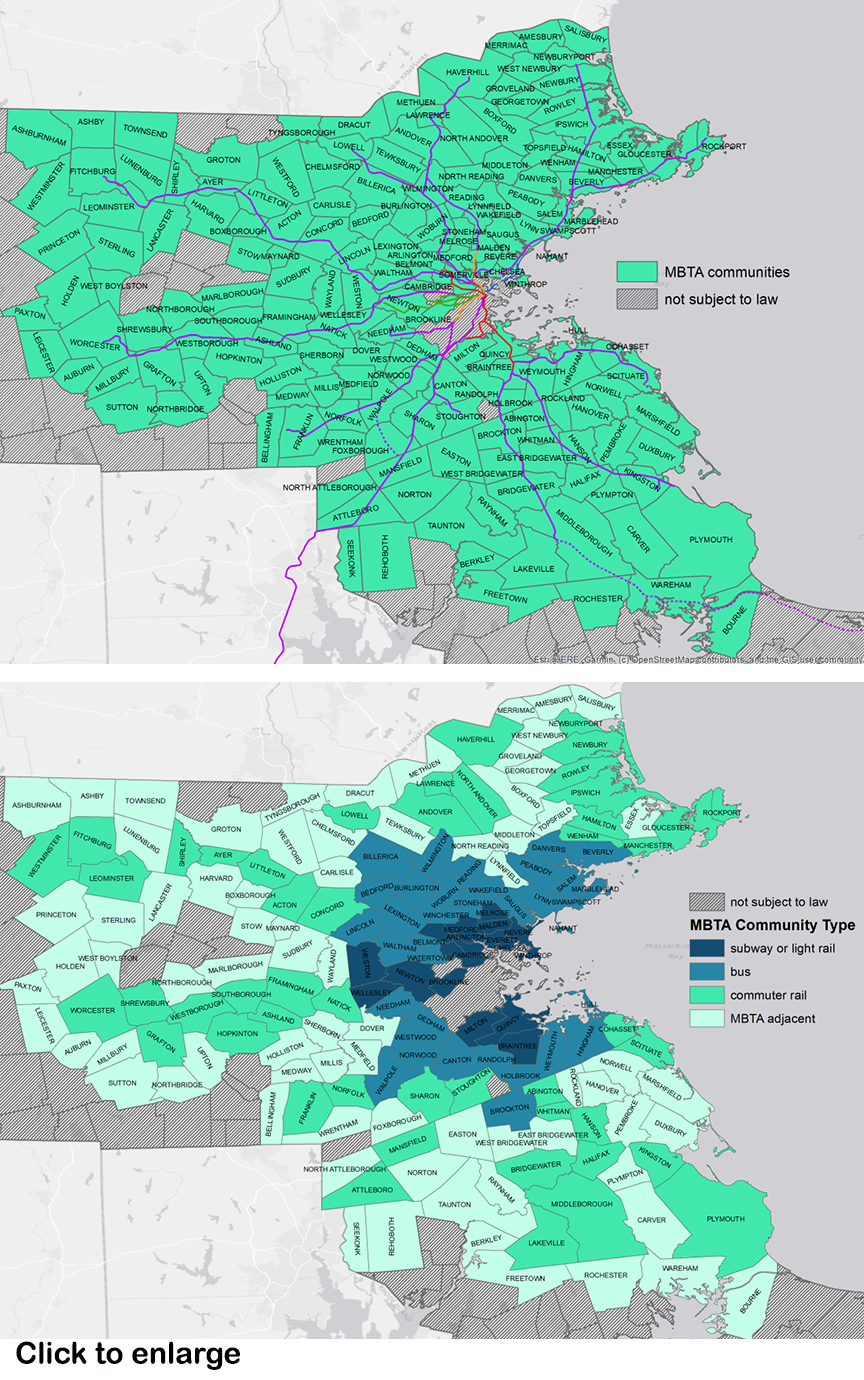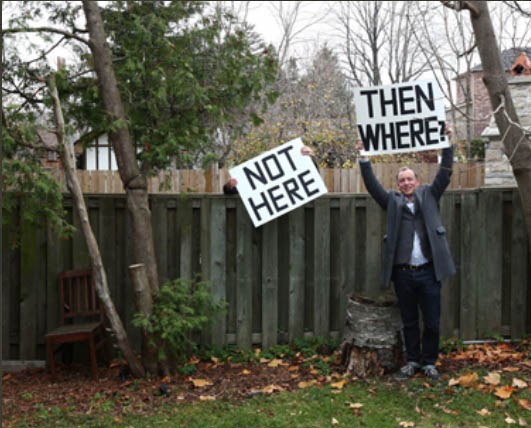Posted on April 11, 2022

By Clark Ziegler
I’ve been part of more than 20 presentations to community leaders about the new state mandate for multifamily zoning in MBTA communities. While hard work lies ahead, it’s clear to me from that process that the new law is a major step forward for the Commonwealth.
The state law enacted last year requires that 175 cities and towns served by the MBTA each have at least one multifamily zoning district of reasonable size allowing a gross density of 15 units per acre. If applicable the district needs to be within one-half mile of a transit station.
The Massachusetts approach allows lots of local flexibility, in contrast to more rigid top-down zoning mandates other states have pursued out of frustration about local resistance to new housing. Now we need to demonstrate that these tailored local solutions will work.
Hardly a radical transformation
Some perspective: the state’s draft guidance requires that multifamily housing be allowed in less than one-half of one percent of the total land area in the 175 affected communities and less than one percent in most of them. That’s hardly the radical transformation that some critics suggest.
Cities and towns also have the option to spread the required multifamily district(s) across multiple locations at varying densities. That not only encourages new housing near transit, as the law requires, but also aligned with existing commercial corridors and town/village centers.
One side benefit of the law’s implementation is the development of new digital platforms by MHP's Center for Housing Data in collaboration with the the Department of Housing and Community Development (DHCD), Department of Transportation (Mass DOT) and MassGIS (Bureau of Graphic Information).
Good feedback on site plan review, affordability
I’m heartened by the mayors and town managers who are thinking about how to make the new law work, rather than just complaining about perceived state overreach. They realize the law addresses real problems and gives communities wide discretion in doing so.
The response from many local planners has also been positive. Planning for growth and putting development in the right places is what professional planners are trained to do. This law will put those skills to work.
An array of resources is being mobilized to help cities & towns assess their existing zoning and comply with the law once the state guidance is finalized. Lots of additional information is available at http://mhp.net/mbtazoning and http://mass.gov/mbtacommunities.
Some of the feedback on the draft state guidance raises legitimate policy issues that were not explicitly addressed in the law, like incorporating reasonable site plan review and promoting affordability. I know those issues will get the thoughtful consideration they deserve.

Misinformation and misunderstanding
Regrettably most of the criticism I’ve heard to date is based on misinformation or misunderstanding. The law does require that cities and towns have districts where multifamily housing is allowed but does not require that any specific number of units be built.
Critics also fail to realize that new multifamily districts will often encompass areas that are already developed. While we need more multifamily housing right now, changes from existing uses are likely to be incremental and occur over an extended period of time.
To the naysayers I ask this: how else do we build enough housing to keep down rents and home prices? How else do we respond to market demand for more compact, walkable neighborhoods? What housing type has any lighter environmental or carbon footprint than multifamily housing?
Lots of great questions and suggested improvements to the draft guidelines have emerged from the last three-and-a-half months of public outreach. The feedback is being taken seriously and I'm confident that the final guidelines will be ever better as a result. Let’s get this done!
(Clark Ziegler is executive director of the Massachusetts Housing Partnership. This is a slightly edited version of a series of tweets. You can follow Ziegler on twitter at @clarkziegler).
